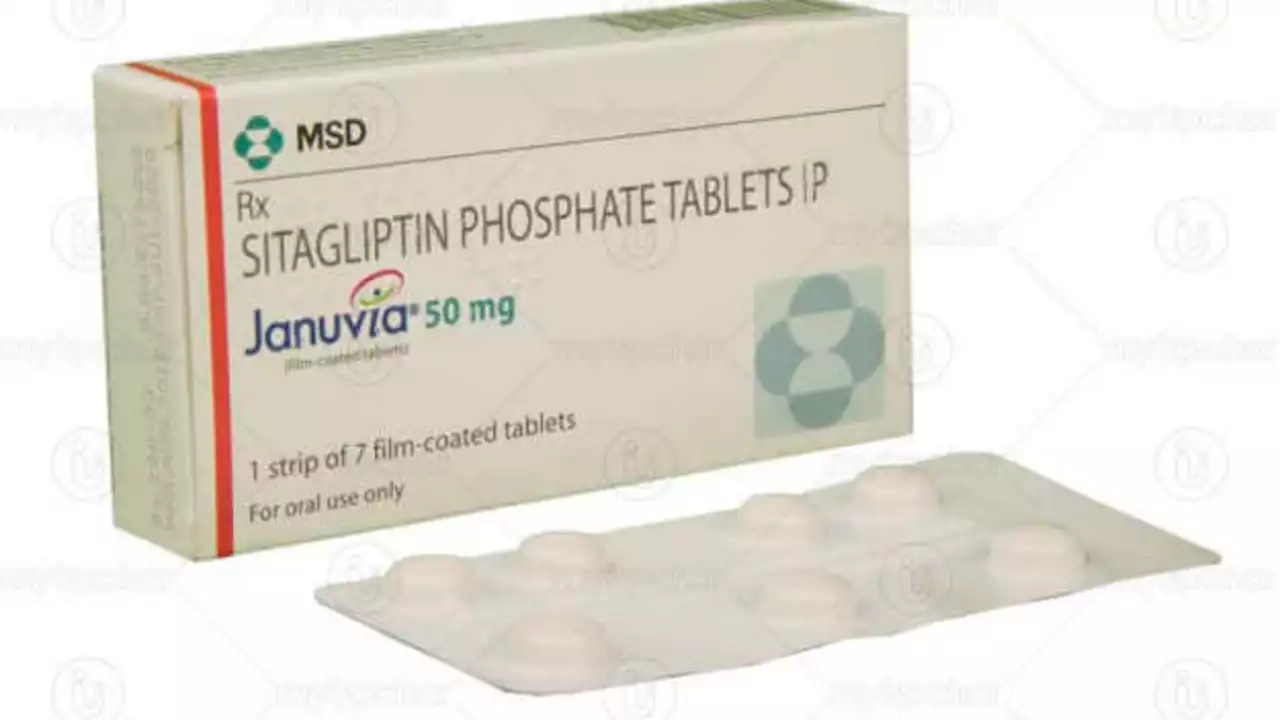June 2023 Health Highlights – Hearing Aids & Sitagliptin Guide
Welcome back! This archive page rolls up the two most helpful posts we shared in June. First, we ranked the best hearing aids on the market for people who struggle to hear. Then, we broke down what you should expect when your doctor prescribes Sitagliptin Phosphate for type‑2 diabetes. Both pieces aim to give you clear, real‑world advice you can use right away.
Best Hearing Aids of June 2023
If you’ve ever felt lost in a noisy restaurant or missed a conversation because the TV was too loud, you know how frustrating hearing loss can be. That’s why we dug into dozens of models and put together a top‑10 list that balances sound quality, comfort, and tech features.
Brands like Phonak, Oticon, and ReSound dominate the list because they offer strong noise cancellation and seamless Bluetooth connectivity for phone calls and streaming music. Many of these devices also come with rechargeable batteries, so you skip the hassle of swapping out tiny cells.
Comfort matters just as much as performance. Look for earmolds that fit snugly without pressure, or consider open‑fit designs if you hate that “plugged‑in” feeling. Most top models let you adjust volume and program settings directly from a smartphone app—perfect for fine‑tuning on the go.
One common question is whether you need a professional fitting. The short answer: yes, especially for custom earmolds or advanced features. An audiologist can run a hearing test, suggest the right style, and ensure the device sits correctly in your ear. Skipping that step might save time now but could cost you clarity later.
Finally, think about warranty and after‑care support. Many manufacturers offer one‑year free repairs and easy upgrade paths if you decide to switch models next year. Keeping an eye on those details can protect your investment and keep your hearing sharp.
Sitagliptin Phosphate: What You Need to Know
Switching to a new diabetes medication can feel overwhelming, so let’s break down Sitagliptin Phosphate in plain language. It’s an oral drug that helps lower blood sugar by boosting the amount of insulin your body releases after you eat.
The medicine works on a specific enzyme called DPP‑4. By blocking this enzyme, Sitagliptin keeps hormones that control glucose levels active for longer. The result? More stable blood sugar without a big risk of low‑sugar episodes—great news if you’re worried about hypoglycemia.
Like any drug, it comes with side effects. The most common ones are mild headaches, nausea, or a cold‑like feeling. If you notice anything severe—persistent stomach pain, rash, or swelling—reach out to your doctor right away.
Monitoring is key. Check your blood sugar regularly, especially during the first few weeks, and keep a log of any changes in how you feel. Pairing the medication with a balanced diet and regular exercise gives the best results. Think of Sitagliptin as a tool that works best when you’re already taking steps toward healthier habits.
Don’t forget follow‑up appointments. Your doctor will want to review your A1C levels after about three months to see if the dose needs tweaking. Open communication helps catch any issues early and keeps your treatment on track.
In a nutshell, June’s posts aimed to give you practical choices—whether you’re hunting for a hearing aid that actually makes life easier or learning how Sitagliptin fits into your diabetes plan. Use these tips as a starting point, ask professionals the right questions, and keep moving toward better health.
Top 10 Hearing Aids for People with Hearing Difficulty
In my recent blog post, I've compiled a list of the top 10 hearing aids for individuals dealing with hearing difficulties. Each product was evaluated for its performance, comfort, and advanced features, such as noise cancellation and connectivity. Some of the top contenders include brands like Phonak, Oticon, and ReSound. I also discuss the importance of consulting with a healthcare professional when choosing a hearing aid. After all, everyone's hearing loss is unique, so it's crucial to find a device that fits your specific needs.

A Patient's Guide to Sitagliptin Phosphate: What to Expect
I recently came across an informative guide on Sitagliptin Phosphate and thought it would be helpful for anyone prescribed this medication. Sitagliptin Phosphate is an oral diabetic drug that helps control blood sugar levels in patients with type 2 diabetes. It works by regulating insulin levels your body produces after eating. Some common side effects include headache, nausea, and cold-like symptoms. If you're starting this medication, it's essential to monitor your blood sugar regularly and maintain a healthy diet and exercise routine.